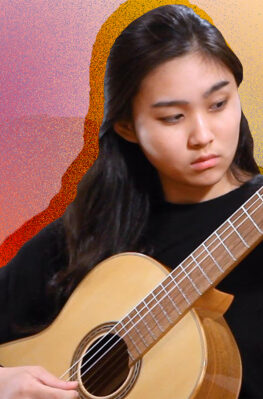ACADEMICS
The Classical ReDesign
A new model of classical music education for undergraduates redesigns what it means to be a virtuoso in the 21st century.
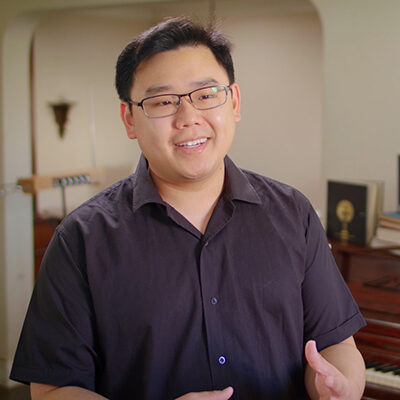
Rethinking Virtuosity
The music profession has changed, and we’ve changed with it. In our continuing commitment to rethinking how we train musicians for successful careers, USC Thornton unveiled a new educational model that launched in Fall 2019 for undergraduates in the Classical Performance & Composition Division. We call it the Classical ReDesign.
A New Model
Our new degree structure offers more flexibility, allowing students to chart their own musical path and take electives in any area they wish. They maintain a robust core of performance, history, and theory classes, including a senior recital and an individualized project. And of course, students dedicate time honing their musical craft in the practice room.
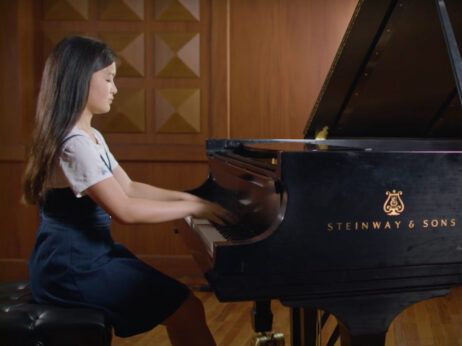
FRESHMEN YEAR
Classical, jazz, and popular music students take theory and aural skills classes together, reimagining how music is presented & received.
SOPHOMORE YEAR
Students begin the sequence “Music & Ideas” that rethinks music history, from Mozart to Miles Davis, in themes rather than chronology.
ELECTIVES
The Classical ReDesign degree structure allows students to take electives in any area they wish, charting their own musical path.
Thornton Perspectives
Thornton leadership reflect on The Classical ReDesign.

“Our students are highly successful in all the traditional ways. They are winning auditions, competitions, and finding fulfilling careers. It’s exactly because we are successful that we feel an obligation to lead a change to ensure a vibrant future for our art form.”
Rob Cutietta, former Dean of USC Thornton

“It’s the first music history class students will encounter here, and it’s subversive because it’s non-chronological. Students will engage with the most enduring animating forces that musicians have grappled with across styles and across time periods.”
Brian Head, Assistant Dean of Academic Programs
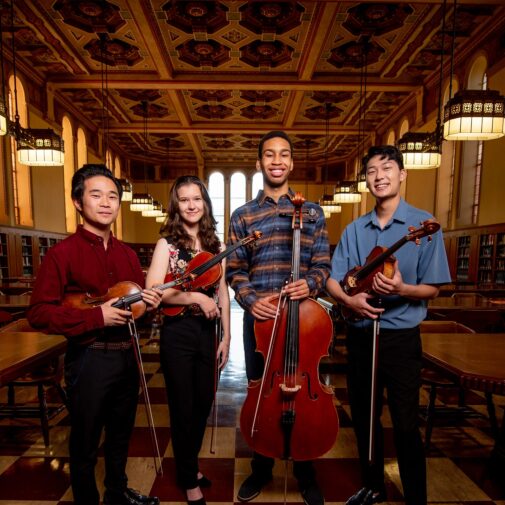
Working from Day 1
Because career development is integrated into the four-year curriculum and not relegated to a separate course, students work toward their professional goals from day one. Whether competing for coveted orchestral positions or launching their own ensembles, they have a wider range of opportunities and are able to create their own.
Classical ReDesign Components
Thornton faculty identified eight components that define professional virtuosity and consider what it means to have a fulfilling musical career. The eight components (or through-lines) are woven throughout the curriculum across an undergraduate’s journey in the Classical ReDesign.
8 Components
Professional Virtuosity
Fulfilling Creative Career

Young Artist Project
At the heart of the new program is the Young Artist Project, which students begin working on in their junior year, providing an opportunity to specialize, collaborate, and shape work that reflects a distinct musical voice.
Students might visualize a composition, develop a hybrid performance, conduct research, or even explore new creative technologies – the Young Artist Project is about developing a unique voice to make their art powerful and relevant.
Meet Our Artists
Meet the Thornton alumni who combined creativity and passion to create their Young Artist Projects in 2019.

‘Sonata for Music and Dance’ was designed to reach young audiences via social media.
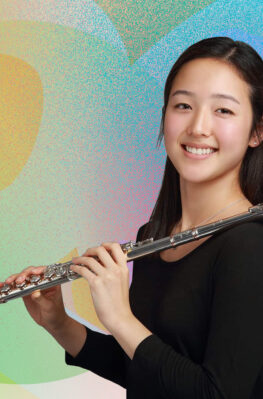
‘Have Ya Heard’ podcast introduced classical audiences to talented women & BIPOC artists.

The Maqueos Music Academy partnership featured artists representing their cultures.
